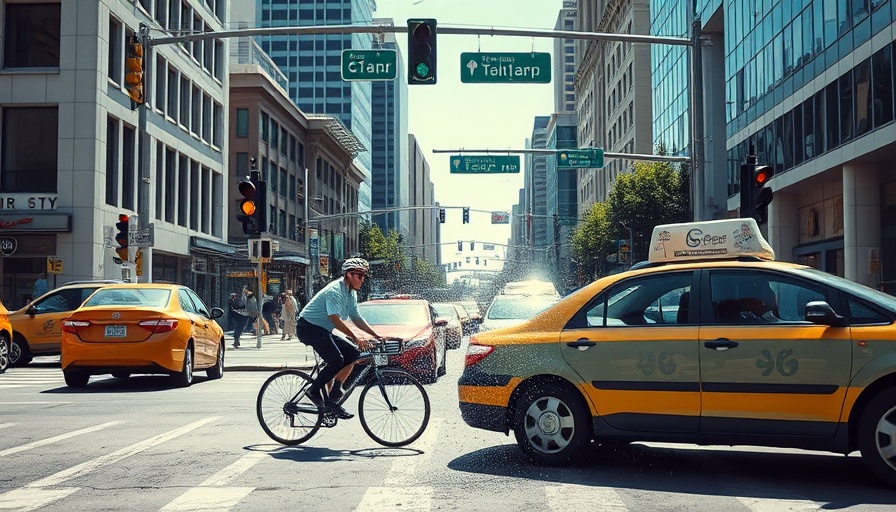
The Urgent Need for Mental Health Support in NYC
As New Yorkers face relentless mental health challenges, it is clear that a proactive approach is needed to ensure the well-being of our communities. Mayor Eric Adams emphasizes that addressing mental health care access is vital for the overall health of families, particularly as we navigate complex urban living. This commitment is evident during Mental Health Week, showcasing the administration's significant investments in mental health resources tailored for every borough.
Building Support Within Schools
Recognizing schools as critical environments for mental health intervention, the city has expanded access to school-based mental health clinics. The recent launch of 16 clinics within public schools provides a safety net for students, offering therapy and coping skills training without the financial strain of outside services. Such initiatives not only facilitate healing but also underscore the city’s dedication to nurturing resilience among young people, giving them the tools to navigate modern challenges without succumbing to crises.
The Importance of Community and Connection
Moreover, a staggering $650 million investment directed towards combating severe mental illness and homelessness represents a landmark step in the city's mental health strategy. Establishing Safe Haven beds and the “Bridge to Home” program addresses the connection between mental health and homelessness, ensuring that vulnerable individuals receive the care they need instead of being trapped in a cycle of distress.
Collaborative Efforts for a Stronger Workforce
However, these efforts must be complemented by a robust behavioral health workforce. New York City recently addressed this crisis through the “Bridging the Gap” report, targeting the lack of representation and high turnover among mental health professionals. Solutions proposed include enhancing educational access and career pathways to strengthen the workforce, ensuring that cities like NYC can provide effective mental health services amidst rising demands.
A Collective Responsibility for Mental Health
It is crucial to recognize that mental health challenges do not discriminate—they affect individuals across all demographics, as the nature of urban life can amplify stress and psychological strain. The joint efforts of the city’s administration, community organizations, and families are essential in creating a supportive environment where mental health resources are accessible to everyone.
Conclusion: Steps Forward
In New York City, the path toward a healthier mental environment is driven by comprehensive strategies aimed at renewal and resilience. By empowering schools, investing in mental health professionals, and ensuring accessible resources for all, we create a framework where every New Yorker can thrive. As the conversation about mental health continues to evolve, so too should our commitment to making mental well-being a priority in our bustling city.
 Add Row
Add Row  Add Element
Add Element 



Write A Comment